Contents
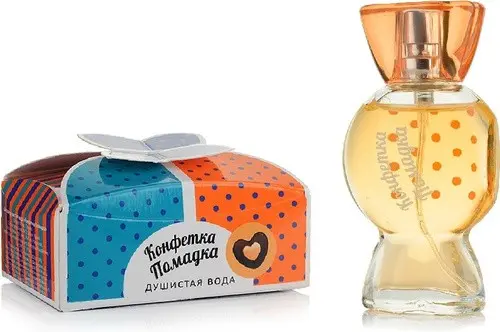

Cabbage is everyone’s favorite plant, which is not only quite healthy, but also tasty. But this garden culture requires a certain amount of attention and care for its cultivation. Otherwise, young and strong seedlings may be attacked by pests. The cruciferous flea is the most common in terms of a parasitic insect on cabbage. How to deal with it, you will learn from this article.
Features of the parasite
The cruciferous or black flea is one of the most dangerous insect pests. Flea cabbage is a favorite vegetable for parasitism. But besides it, insects are found on radishes, radishes and other crops included in this family. The insect belongs to the genus Phyllotreta. The fleas themselves are small. Their body length is not more than 3 mm. But at the same time they are very jumpy.
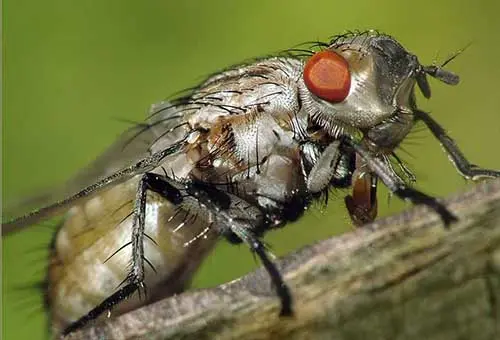
Despite the name “black”, their color can be green, as well as blue. Insect parasites acquire maximum activity in dry and hot weather. The first individuals may appear in the spring. At this time, they crawl out of the ground in which they waited out the winter period. In the spring, they feed, as a rule, on weeds, and by the time the cultivated plants are planted, they move to them.
With a detailed study of plantings, fleas are clearly visible on plants. To make sure that cruciferous fleas visited your cabbage, just touch the cabbage leaf. Insects will begin to actively jump. Already on this fact, you can choose methods of dealing with them in order to rid your garden of these pests as soon as possible.
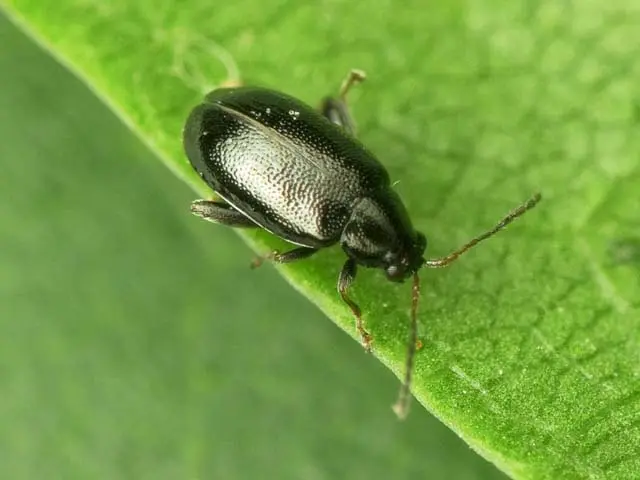
The black flea is ubiquitous, with the result that no one is protected from it. Appearing on the plant, the cruciferous flea, hitting the cabbage, begins to actively multiply and in just a couple of days can infect most of the garden or garden plot. It is necessary to monitor planted crops throughout the summer. This is due to the fact that a flea can produce three offspring during the summer (during the warm season).
If you do not fight it, in a few days cabbage seedlings, sprouted radishes, turnips, mustard and turnips may completely die. This is due to the fact that insects eat heavily the leaves, which become like a lace fabric. This type of insect is especially dangerous for young plants and newly planted seedlings. Damaged plants begin to quickly wither, dry and soon die. To save your crop, when fleas are found, you need to start fighting them.
Video “Tricks of growing cabbage”
Flea fighting
The fight against cruciferous flea can be seen in several ways:
- treatment of plants and seedlings with wood ash. This is a good method of protection, but only when the gardener remembers to process the sheets on both sides at least three times. In this case, the break between treatments should be 4-5 days. Instead of wood ash, vegetables can be treated with a prepared ash-soap solution. To create it, 10 kg of well-sifted ash is placed in 3 liters of water. The resulting solution is infused for 2 days. After that, I filter it through gauze and add 40 g of soap (household). A bar of soap should first be softened in hot water. Some gardeners sometimes add mineral fertilizers to the resulting solution. Such a solution can be used several times per season with breaks of 2 weeks;
- spraying plants with a suspension of wood ash and tobacco (1: 1). The method involves cultivating the land by watering or spraying with the prepared mixture;
- to combat the flea, a mixture of wood ash and slaked lime or ground black pepper is also used. Prepare in a ratio (1:1, 20-30 g per m 2). The resulting mixture must be processed between the rows;
- pepper treatment. Such pollination is carried out in the morning by the dew formed on the plants.

In addition, the fight against black flea can be carried out using the following solutions:
- a decoction made from tomato leaves. For its preparation, 4 kg of finely chopped fresh tops are taken. You can soak 2 kg of dry tops in water (10 l) and let the decoction brew for 4 hours. After that, the solution should be boiled over low heat. Then we cool it down and strain it. The resulting solution can be stored until next year, but only in a tightly closed container. Before use, the solution is diluted 1:1 and only laundry soap is added (40 g in 10 liters of water);
- spraying with vinegar. The solution is prepared as follows: dilute 10-1 tablespoons of vinegar essence (2%) in 70 liters of water. The essence can be replaced with 9% vinegar (0,5 l). They need to process plants and beds in dry weather;
- dog shampoo. This product has shown very good performance. In a bucket of plain water, dilute 1-2 caps of dog shampoo and spray the affected plants.
But here you need to know that the above methods do not show the required level of efficiency if you rarely visit the garden. In this situation, the most effective and rational solution would be to use the following insecticides:
- “Actellik”. It (20 ml) is diluted in 10 liters of water. Consumption per 10 m 2 will be 1 liter. You can also use Intavir, Decis, Bankol, Aktara;
- “Karate”. In 10 liters of water, dilute 2-2,5 ml. A positive effect is observed only when processing the insects themselves;
- Naphthalene can be used as an insect repellent. 30-50 grams of the substance is used to treat 10 m 2. In addition to naphthalene, a powder made from dried celandine is an excellent repeller. In addition to it, coriander, dill, potatoes, cumin, tagetis (marigolds) are suitable. You can also use an infusion of crushed garlic, dandelion leaves or green wormwood. They are also effective in repelling insects.
Please note that for early varieties of cabbage, you should not use chemicals as protective measures. Otherwise, the vegetables will be “pumped up” with substances that are poisonous to the human body.
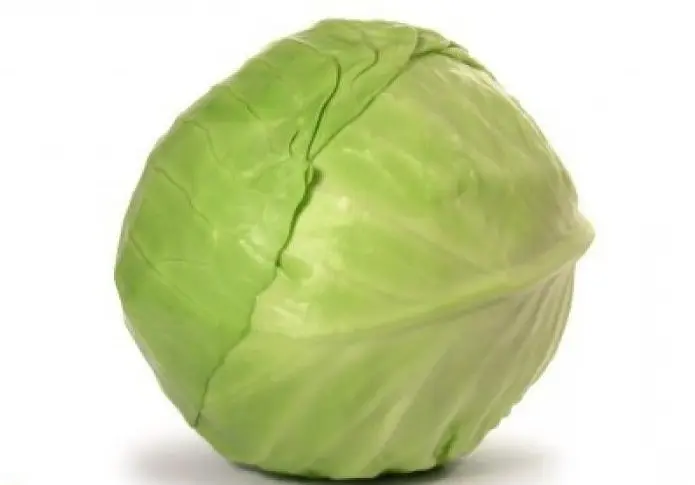
Some gardeners argue that in order to get rid of black fleas, plants should be watered early in the morning with very cold water. Such procedures should be carried out for several days.
The method of using glue traps in the garden has also proved to be excellent. They are sheets of plywood that have been smeared with glue. Such traps should be placed between plants on which these parasites have been observed.
In addition, control measures include an ecological method, which involves covering the beds with non-woven materials: spunbond, lutrasil or agrospan.
Whatever method of struggle you choose, remember that in order to obtain a positive result, you must strictly adhere to the rules for preparing a spray solution, as well as the method of using the drug. Most often, spraying cabbage with various preparations aimed at combating the cruciferous flea occurs in the morning, when there is dew on the plants. In this case, it is not enough to spray once. Each of the above methods requires its own number of sprays. Often, the complete destruction of the pest is observed already at 2-3 times of processing.
Preventive measures
To avoid a long and exhausting struggle with these insects, it is necessary to periodically carry out preventive measures in the garden or garden. With proper prevention, you can protect crops from this pest with a high degree of effectiveness.
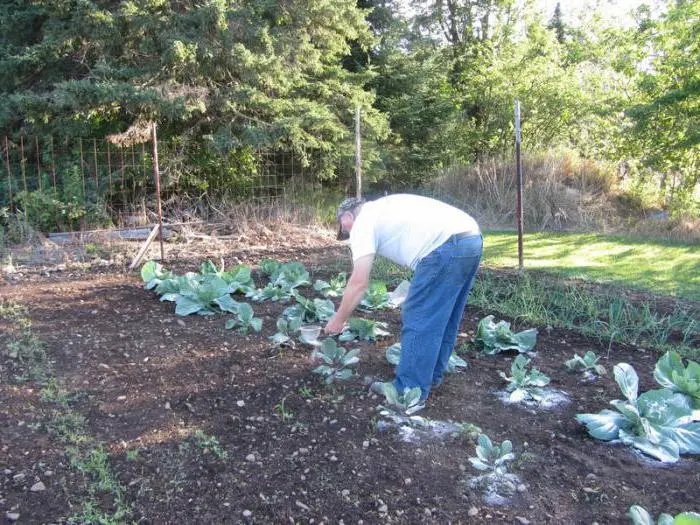
In the role of preventive measures to prevent the appearance of a cruciferous flea on cabbage, the following manipulations are carried out:
- at the time of the appearance of the first shoots or planting seedlings in open ground, the beds should be sprinkled with river sand. The layer of sand must be at least 1 cm;
- plant seedlings or sow plant seeds at an earlier date. As a result, when the flea appears, the cabbage leaves will become very hard and rough for it. Therefore, the insect will not be able to cause catastrophic harm to plantings;
- periodic puncturing of emerging weeds;
- plentiful and timely watering, especially in hot weather.
For cabbage, the black flea is a dangerous insect. Therefore, when it is found on plants, it is necessary to immediately begin to fight it. Otherwise, you will lose your crop.
Video “Planting, processing and caring for cabbage”
If you want some flea to not spoil your cabbage crop, then we advise you to familiarize yourself with the information that is presented in the video below.
Author: Svetlana Galitsina
Loading…









